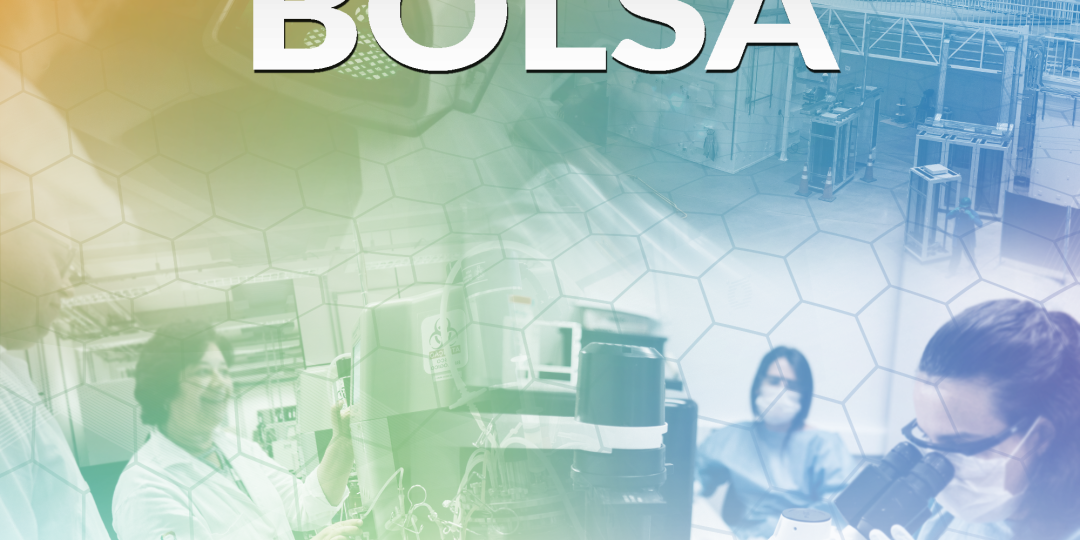The Brazilian Center for Research in Energy and Materials (CNPEM) announces two postdoctoral positions in Cryo-EM (cryogenic electron microscopy) at the cutting-edge of science. Both positions are funded by FAPESP and candidates may submit projects until April 21.
Position 1: Hemocyanin Studies – This position focuses on the study of hemocyanins, large allosteric oxygen-carrier proteins found in the hemolymph of arthropods and mollusks, as well as the giant hemoglobins of annelids, known as erythrocruorins. These large proteins are pivotal in understanding the oxygen-binding properties and structural intricacies of allosteric oxygen carriers. These large macromolecules are perfect model systems for studying local and global resolution – and information metrics. Hemocyanins and worm hemoglobin were historically important for the development of multivariate statistical analysis (MSA) techniques and the introduction of quality metrics such as the Fourier Shell Correlation (FSC) and the new Fourier Shell Information (FSI) metric. This allows us to explore allosteric interactions – at different scales – within these large oligomeric complexes, contributing to our knowledge of their dynamic functioning. Moreover, preliminary methodology-oriented studies on glycosylation of Lumbricus terrestris Erythrocruorin and the SARS-CoV-2 spike protein yield promising results that must be consolidated in the form of novel routine procedures.
Position 2: Method Development for Local Resolution – This position is dedicated to the development and divulgation of metrics for assessing local and global resolution and information metrics in 1D, 2D, and 3D data. The new methodologies allow for the local comparison of independently conducted experiments and the identification of structural variabilities. These metrics are not restricted to Cryo-EM or to Structural biology but apply to all physical measurement systems that yield multi-dimensional data. These metrics are universally applicable to any multi-dimensional image assessment, with especially a promising potential in bio-medical imaging. The approach has already shown its power in preliminary results revealing details of the glycosylation in SARS-CoV-2 spike protein maps. The aim is to further apply our Big Data approaches to analyze pharmaceutical targets using the wealth of information available in the EMDB. A recently emerged aspect is that our measurement approaches developed for Cryo-EM over decades, now help solving a broader range of issues like the “measurement problem” in Quantum Mechanics, or the efficient use of “learning sets” in Artificial Intelligence.
These positions provide a unique chance to work in a small enthusiastic team, advancing science and producing widely applicable new methodologies.
We invite passionate, dedicated researchers to join our team in these challenging projects.
For more information, contact Marin van Heel. (LinkedIn: Marin van Heel) (marin.vanheel@lnnano.cnpem.br // marin.vanheel@gmail.com ).
Further links:
Sobre o CNPEM
O Centro Nacional de Pesquisa em Energia e Materiais (CNPEM) abriga um ambiente científico de fronteira, multiusuário e multidisciplinar, com ações em diferentes frentes do Sistema Nacional de CT&I. Organização Social supervisionada pelo Ministério da Ciência, Tecnologia e Inovação (MCTI), o CNPEM é impulsionado por pesquisas que impactam as áreas de saúde, energia, materiais renováveis e sustentabilidade. Responsável pelo Sirius, maior equipamento científico já construído no País. O CNPEM hoje desenvolve o projeto Orion, complexo laboratorial para pesquisas avançadas em patógenos. Equipes altamente especializadas em ciência e engenharia, infraestruturas sofisticadas abertas à comunidade científica, linhas estratégicas de investigação, projetos inovadores com o setor produtivo e formação de pesquisadores e estudantes compõem os pilares da atuação deste centro único no País, capaz de atuar como ponte entre conhecimento e inovação. As atividades de pesquisa e desenvolvimento do CNPEM são realizadas por seus Laboratórios Nacionais de: Luz Síncrotron (LNLS), Biociências (LNBio), Nanotecnologia (LNNano) e Biorrenováveis (LNBR), além de sua unidade de Tecnologia (DAT) e da Ilum Escola de Ciência, curso de bacharelado em Ciência e Tecnologia, com apoio do Ministério da Educação (MEC).


